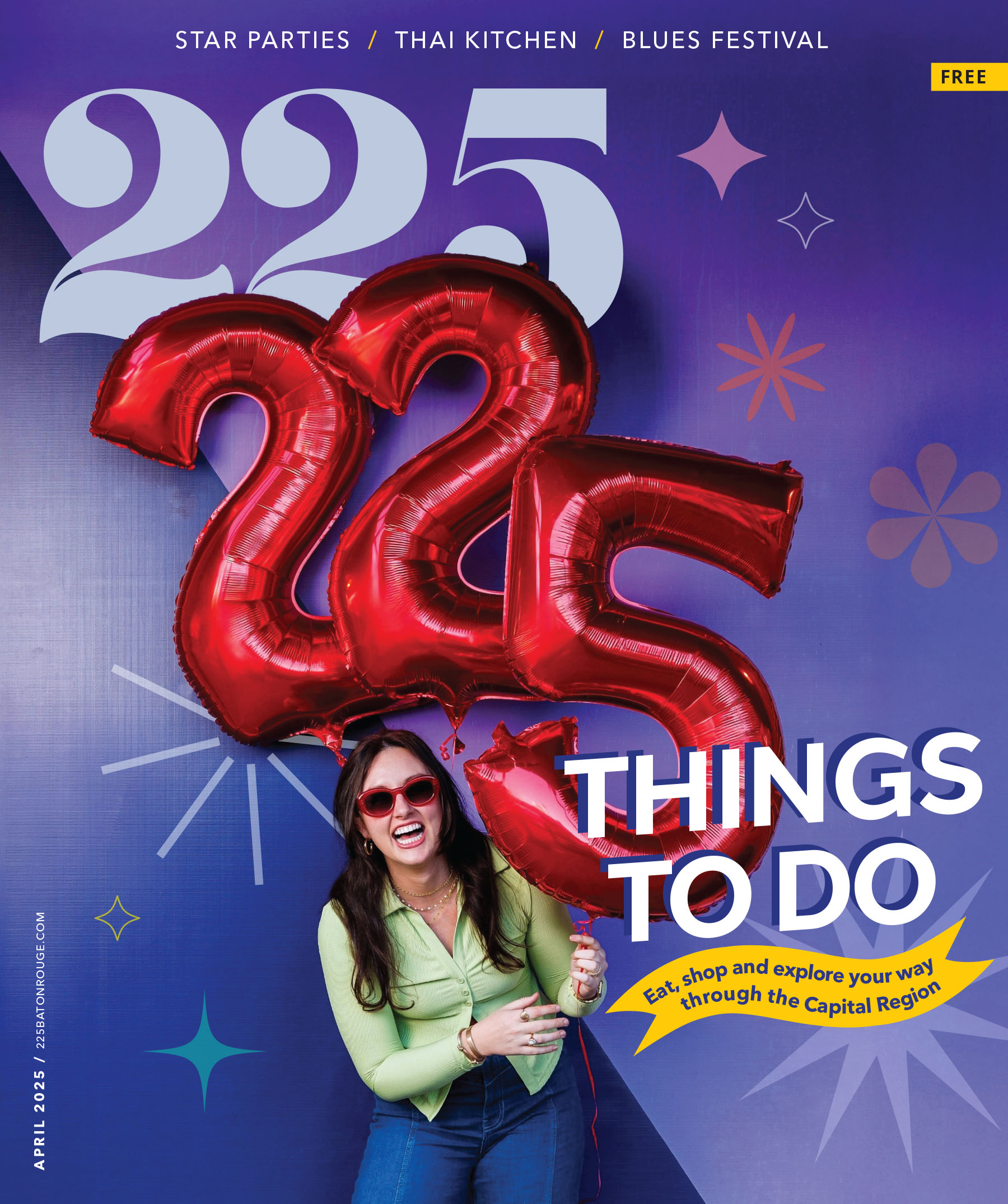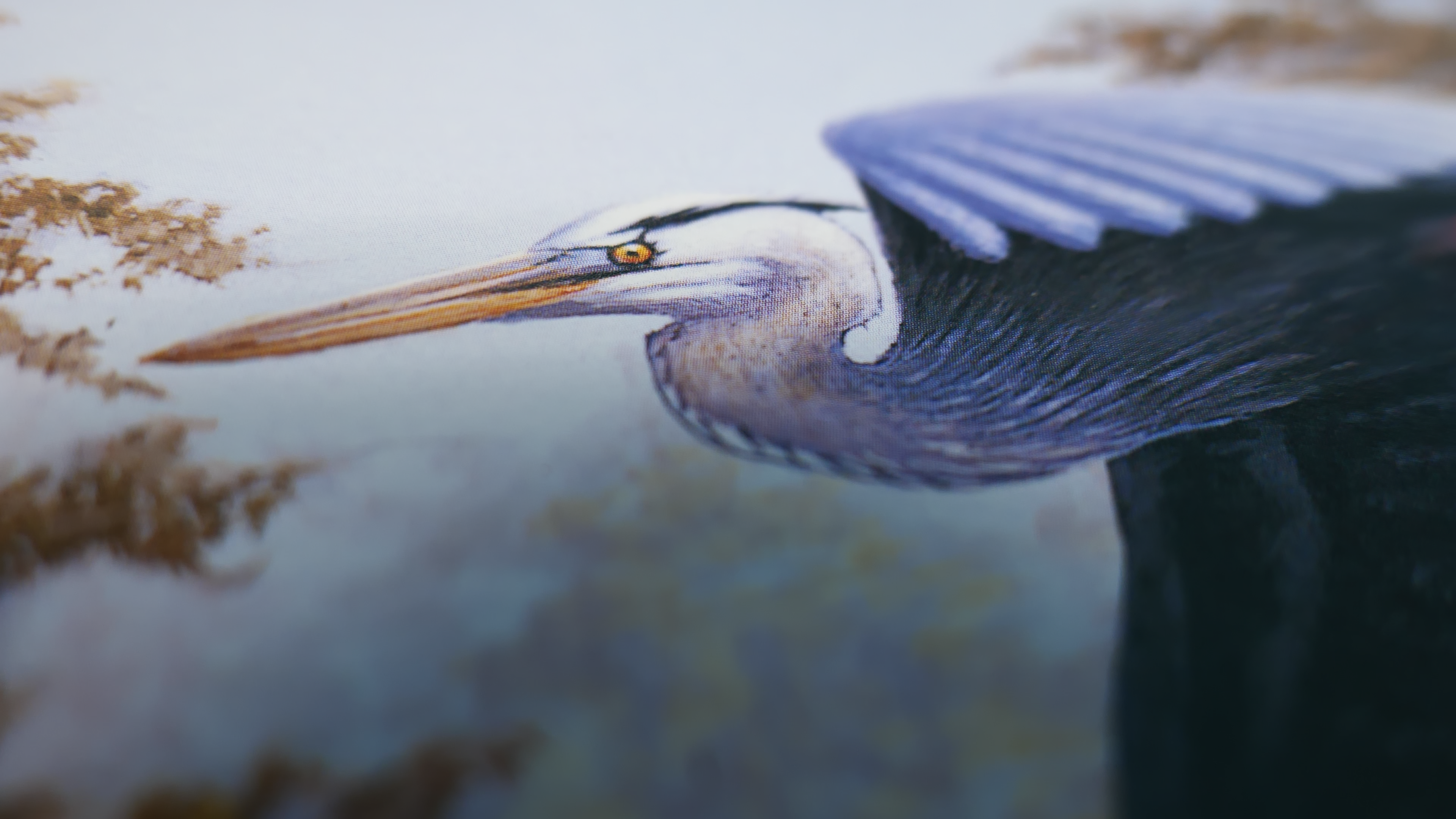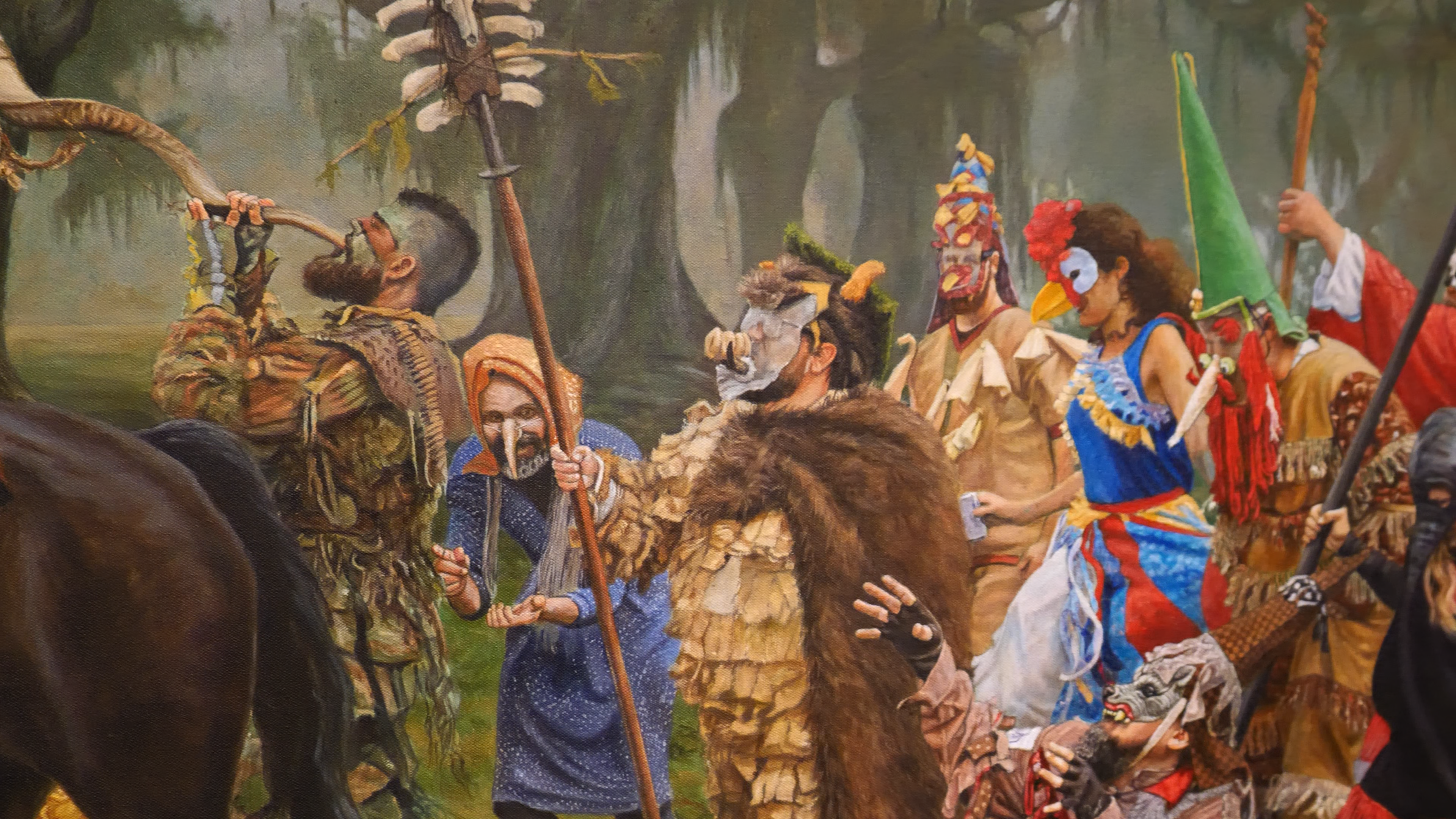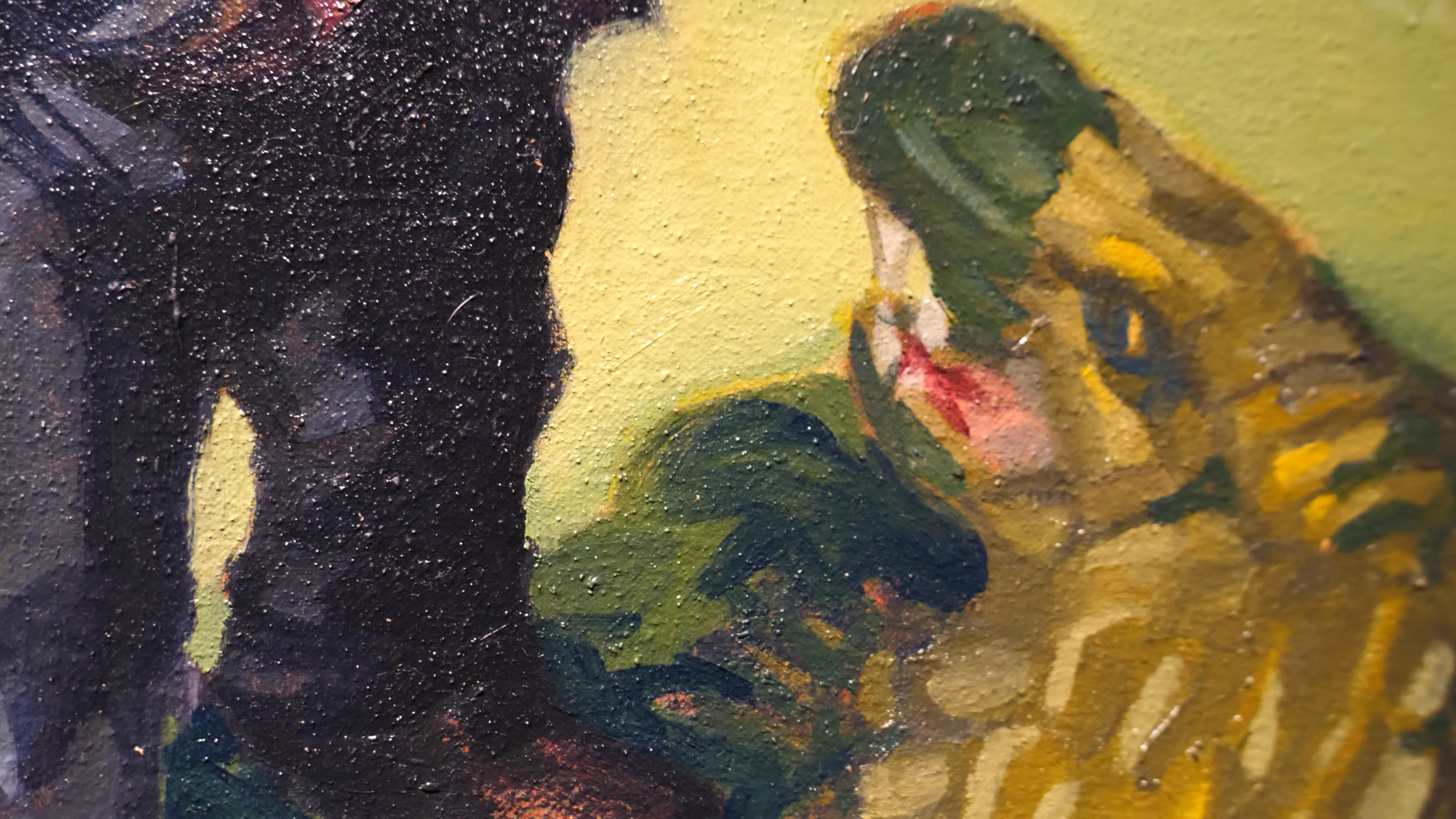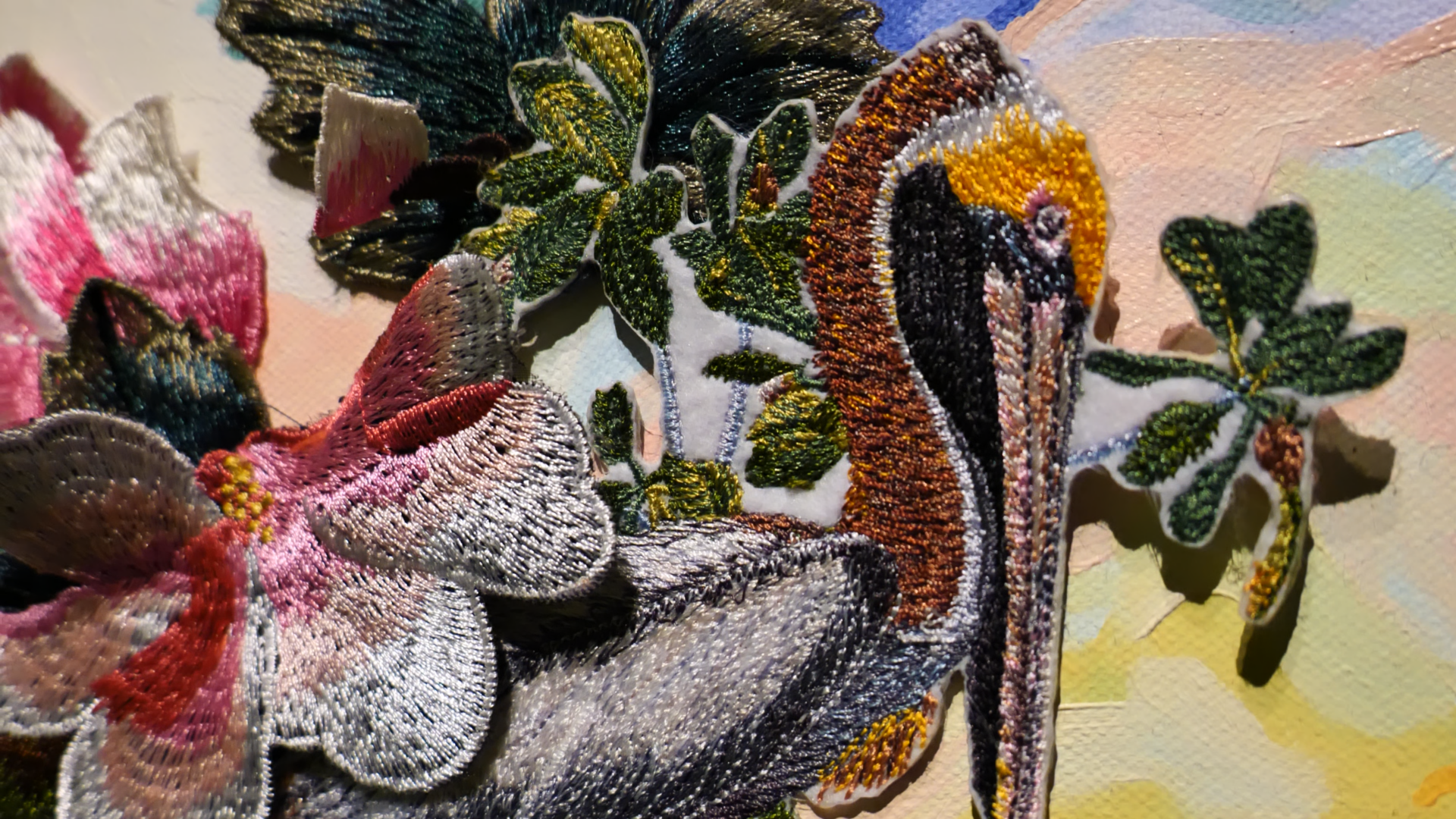Correction: 225‘s video has been updated since its original publication to clarify information about Kouri-Vini’s estimated date of origin and details about the immersion experience. 225 regrets the errors.
This translates to “life in Louisiana Creole” in Kouri-Vini, an endangered language sometimes heard today in pockets of south Louisiana. Kouri-Vini is often mislabeled as Cajun French, but it has its own history and orthography.
From the early 1700s to the late 1800s, enslaved West Africans were living on plantations in French territory spanning the southern half of the state. They picked up on some French, blending it with grammar from their native languages. After generations, what began as a pidgin language evolved into Kouri-Vini.
|
|
|
The language spread mostly by word of mouth. Because its written form was not known to all those who spoke it, it was challenging to record, catalog and preserve. Clif St. Laurent, a Louisiana-born entertainer and linguist who is planning on using Kouri-Vini in his future music, recalls having a hard time learning it himself.
“The language has been written since the 1800s, but it wasn’t always identified as Louisiana Creole,” St. Laurent explains. “It would either be written in a French orthography or Haitian Creole-based orthography. Both of those are problematic because the language is not French, and it is not Haitian Creole either.”
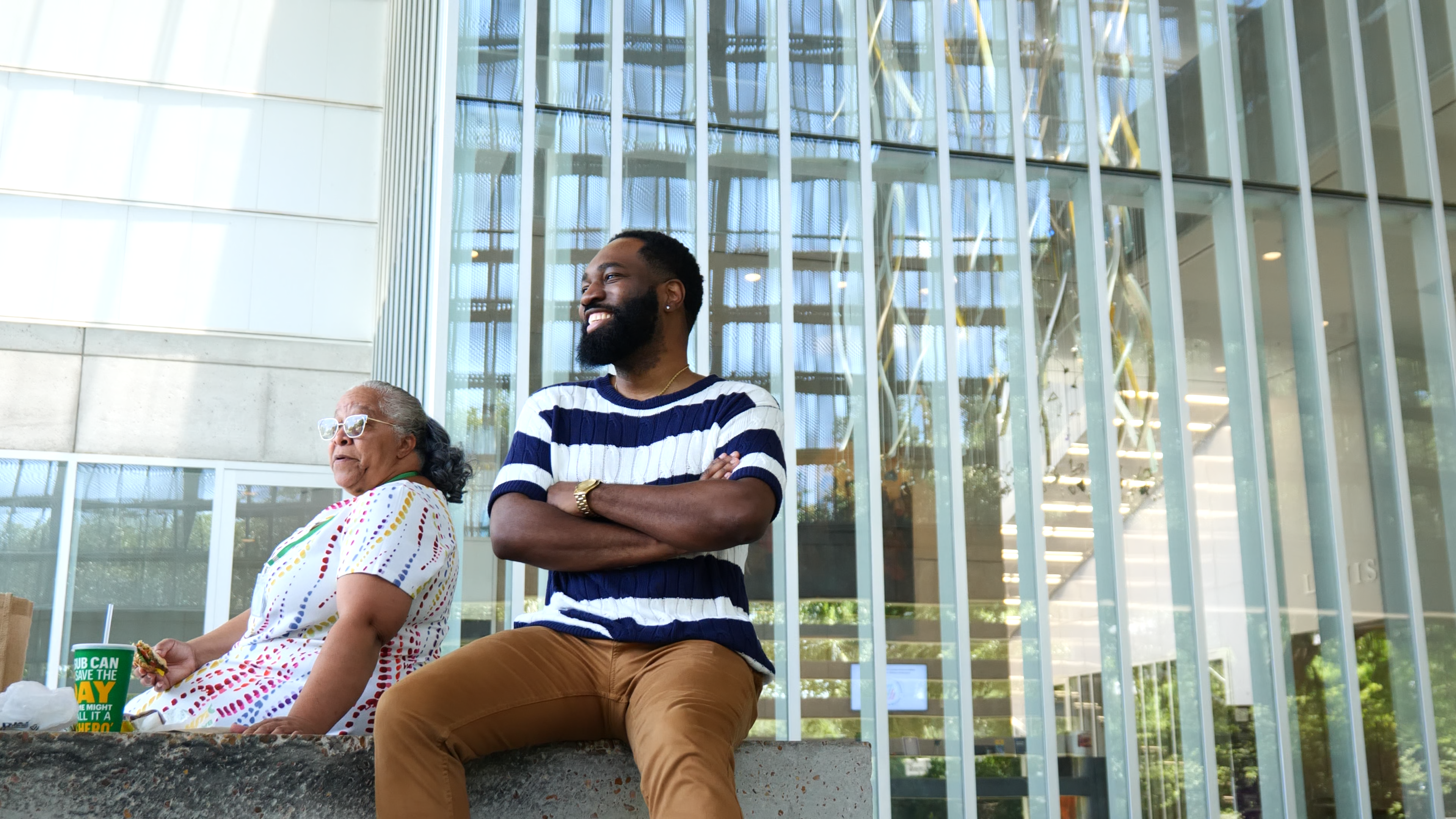
I grew up around the language. My dad, Benjamin Tickle II, would try to teach us some key words, but my sister and I never paid enough attention. The most we learned was how to command our dogs, who only understood Kouri-Vini.
“My grandmother used to speak it when I was growing up,” my grandmere, Dianna Tickle, tells me today. “She wouldn’t teach it to us, though. She’d only use it to speak about us to her friends. She saw it as a lower-class language and didn’t want us to sound uneducated.”
As parents opted not to pass down the language to younger generations, the language became endangered, with somewhere between 5,000 and 10,000 speakers remaining today. That’s why heritage speakers like Jonathan Mayers with Chinbo Inc. are working with places like the Capitol Park Museum to create more awareness of the language.
Guest Curator Mayers’ exhibit “Mitoloji Latannyèr” or “Mythologies Louisianaises,” on view at the museum through December 2024, features art and stories in languages from around the state, including English, French and Kouri-Vini. The exhibit also touches on Tunica, a language spoken by a native tribe centuries ago in present-day Louisiana. It is now considered extinct as a first language, and as of 2023 only had around 60 second-language-speakers.
Earlier this month, the exhibit hosted a companion immersion experience planned by museum curator Anne Mahoney with funding courtesy the Rebirth Grant from the Louisiana Endowment for the Humanities. The grant gives $1,000-$5,000 to humanities-based programs around the nation.
“I always have my eye out for certain grants. I wanted to do this project as a part of ‘Mitoloji Latannyèr,’” Mahoney says. “It’s great to have exhibitions, but they run out of people to come and see them if you don’t create meaningful programs around (them).”
|
|
|
The immersion experience was historic, the first of its kind for Kouri-Vini. It drew attendees from around the country to four days of workshops.
And the non-profit Mayers’ helps run, Chinbo, aims to resurrect the language by hosting similar immersion programs in the future. He hopes that these collective efforts lead to more learning material written in Kouri-Vini for all ages—and for ages to come.
For more, watch the new episode of Between the Lines.
